Best Home Security Systems for Your Protection

Last updated September 7, 2023
The latest security cameras make it easier and more affordable to keep an eye on your home from virtually anywhere. Many modern security cameras have their own app, can be run using smart devices and even feature two-way audio. This guide will help you assess your basic security needs and choose the best home security cameras to protect your family and property.
Tip: While video surveillance can provide additional security to your home and office, make sure hedges, trees or other outdoor fixtures do not block the viewing angle. We also recommend keeping bushes and shrubs neatly trimmed so trespassers have nowhere to hide.
Table of Contents
Basic Elements of Security Systems
How Many Cameras Do I Need?
Basic Observation
Observe and Identify
No Blind Spots
Wired vs. Wireless Surveillance
Basic Elements of Security Systems
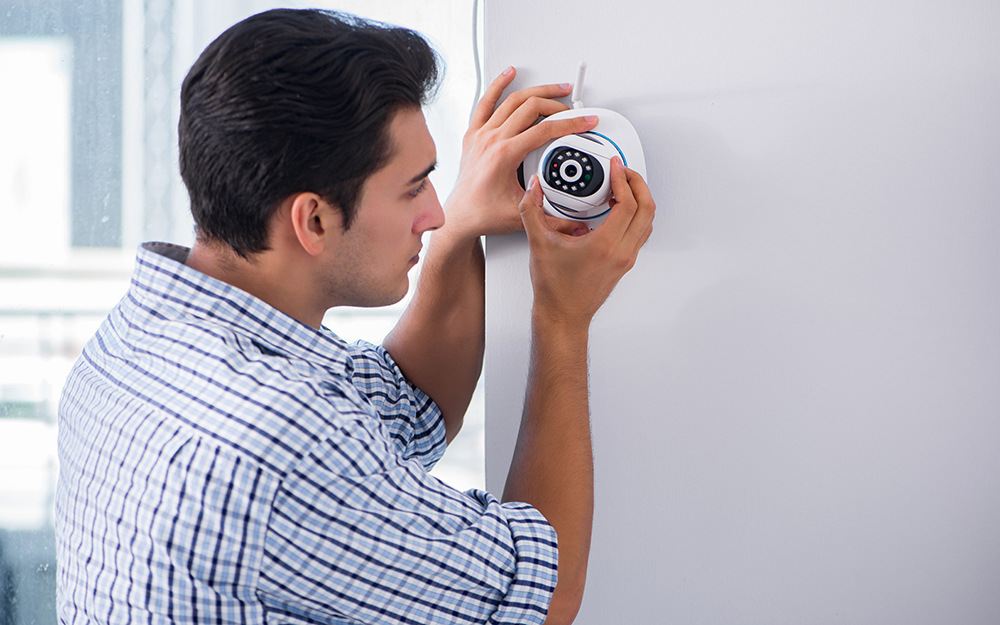
To choose the best security camera system for your home, identify your biggest safety and security concerns. A basic video surveillance system is comprised of cameras mounted inside or around the perimeter of your home. A DVR with a channel devoted to each camera or viewing angle connects to a TV or computer monitor.
Some systems also include doorbell security cameras. If you install a video surveillance system, consider how many cameras you need, their resolution and how many hours or how much storage space of recorded video you plan to use.
- If
you’re often out of town, consider security cameras that feature remote monitoring. - For homes in areas where break-ins are a concern, the best outdoor security cameras feature security lighting to improve your field of view. Choose from stationary lights or lights with motion detectors.
- You may also want to consider a camera with excellent night vision or two-way audio so you can scare off intruders by letting them know you’ve called the authorities.
Remember, placement is key for effective security:
- Where: Covering the front door, back door and first-floor windows.
- Position: Above the door or window frame. Cameras installed over nine feet up are harder to tamper with or destroy.
- In Plain Sight: You want potential intruders to know you’re watching them.
- Weather Resistant: Pick cameras that can withstand the elements. Waterproof cams with night vision are sure to record everything you need.
How Many Cameras Do I Need?

The number of cameras you need depends on the area you’re covering and what you want to protect. It helps to draw out a basic map of your location, to ensure you have everything covered. Identify and cover all points of entry and exit while minimizing blind spots in the field of view, and cover any key areas (bedroom windows, doors near valuables and more) you want to keep secure.
For basic observation, single-camera coverage should be sufficient. If you’re interested in identification of anyone approaching your location, position a camera on both sides of each entrance for footage featuring a complete view of the area.
Once you’ve determined the ideal number of cameras your location needs, pick a security system that comes pre-programmed for one, two, four, eight or 16 cameras.
Tip: Most security cameras can capture footage of identifiable facial features from up to 50 feet away. any further and the image isn't necessarily reliable. Remember this when planning your camera locations.
Basic Observation

It's a good idea to take into consideration the areas you are trying to secure. Here are some things to consider:
- Structures under 2,000 square feet.
- A four-camera set and four-channel DVR is a typically sufficient for small structures.
- Install the four cameras on each side of the building for full coverage.
- You can apply this system to homes and small businesses.
Observe and Identify
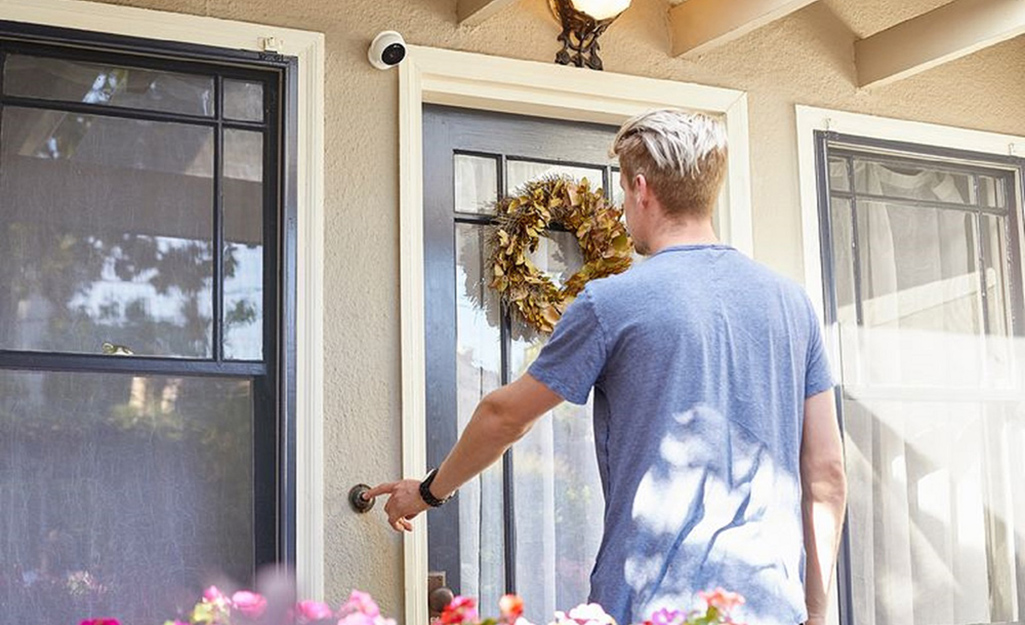
Here are some things to consider for larger structures:
- Structures up to 3,000 square feet.
- An eight-camera system can more adequately cover small structures.
- Install cameras at every corner and have clear coverage of your home's entry points.
- Field of view should cover all four walls, with an extra camera on the walls with exits.
- This will provide dual-sided coverage on both your front and back door.
No Blind Spots
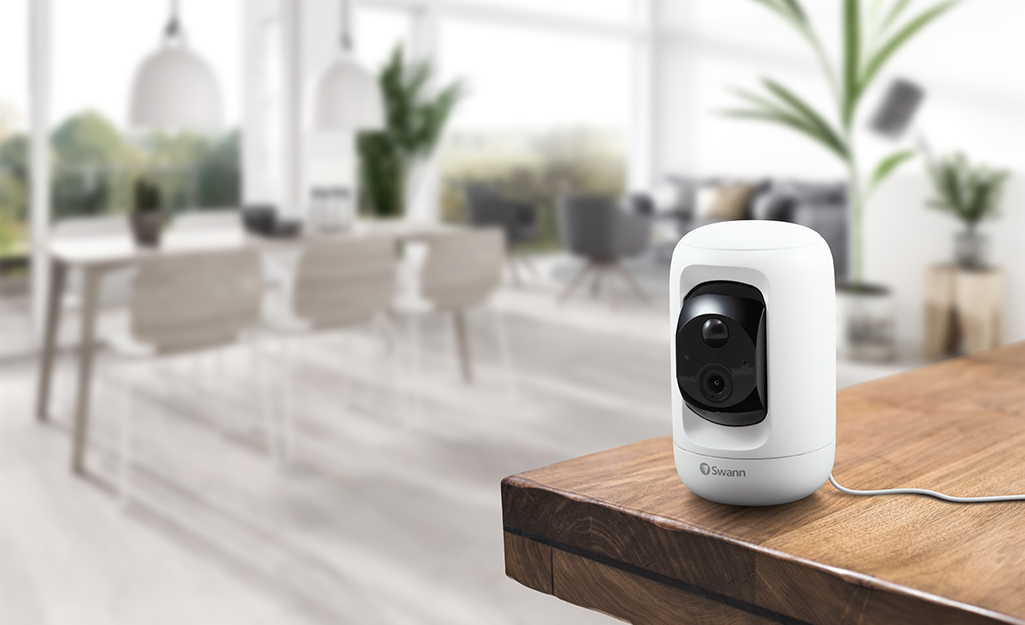
You want to make sure that your camera covers every angle of your home or business. From minimal to maximum security, The Home Depot has you covered.
- Structures over 3,000 square feet.
- Sixteen cameras are good for homes over 3,000 square feet and those interested in expanding their systems soon.
- The Home Depot sells systems with over 16 plus cameras if maximum sercurity is needed.
Wired vs. Wireless Surveillance
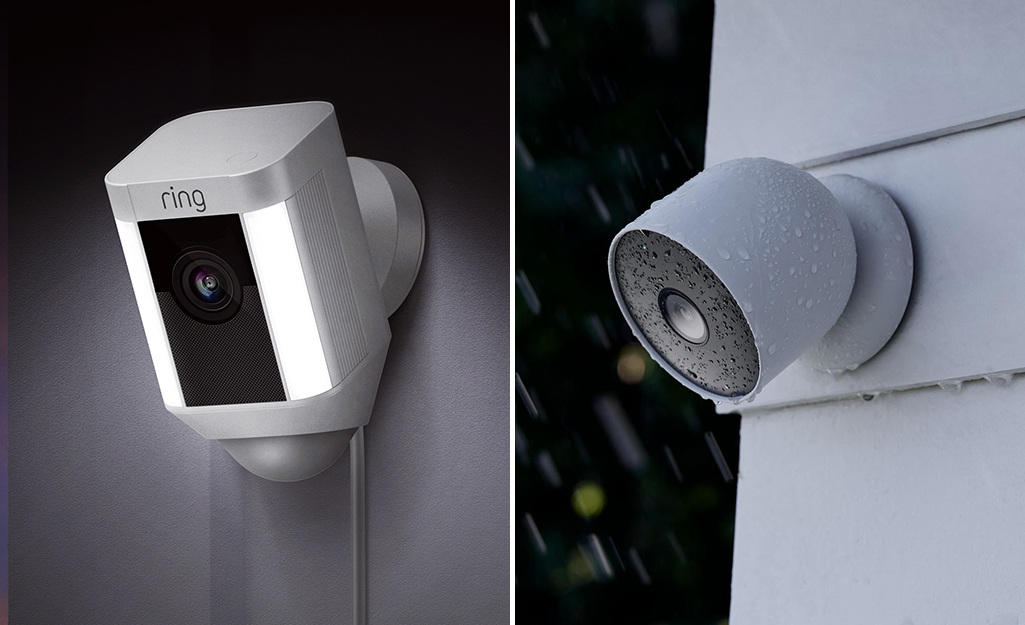
Whether you install a wired or wireless security camera system depends on the location you’re observing.
Key features of the best Wireless Security Camerasinclude:
- Popular for private homes
- Easy installation
- Flexibility to move camera locations
- Better for rental properties as you can remove them
Key features of the best Wired Security Cameras include:
- Ideal for large homes or businesses
- Require cable connecting cameras to a recording device
- Directly wired into the building’s landline
- Wired pre-programmed security systems offer longer recording times for footage and more cameras
Camera Resolution
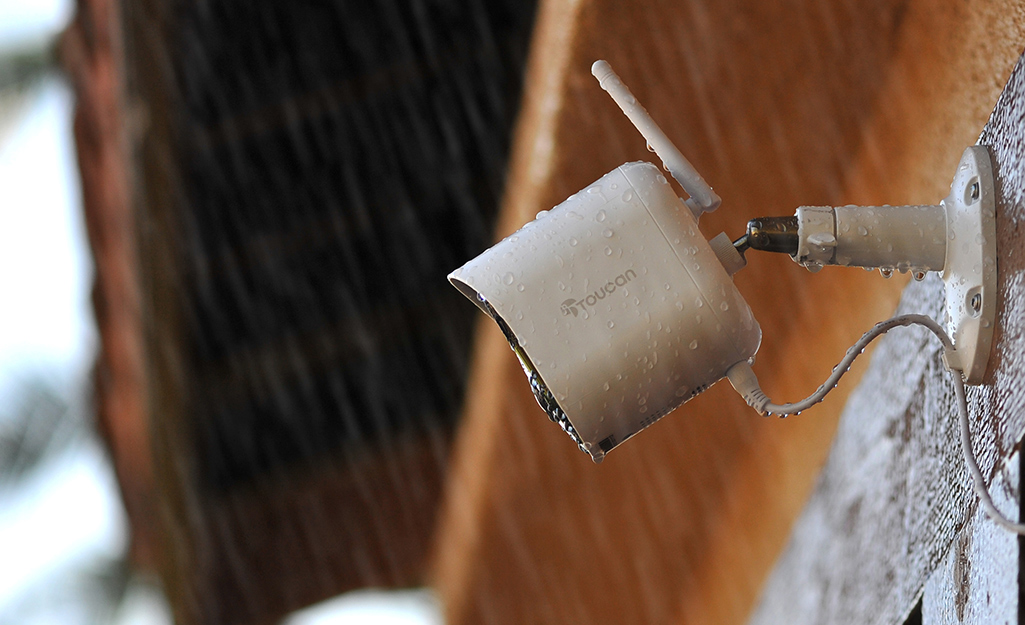
A higher resolution camera increases video image quality. Surveillance camera resolution is measured in TVL (Television Lines).
- The typical home camera resolution is around 700 TVL.
- Higher resolution cameras can have a TVL of up to 1280.
Note: Only analog CCTV camera resolution is measured in TVL (TV Lines), while digital IP camera systems are measured with the more familiar 720p, 1080p, 4K etc. just like ordinary TV sets and computer monitors. Most common digital is 1080p
Number of Channels/Resolution
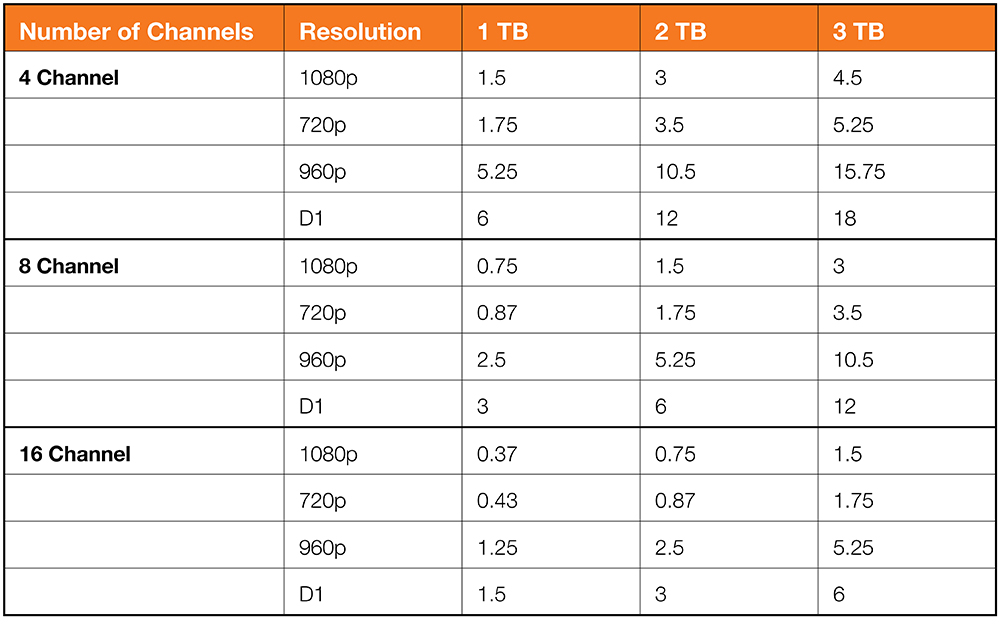
The type of sensors used on the camera impact image quality.
- CMOS sensors are economical, requiring less power and are not as light-sensitive.
- CCD sensors have higher output uniformity and provide cleaner, higher quality images.
Cloud and Video Storage
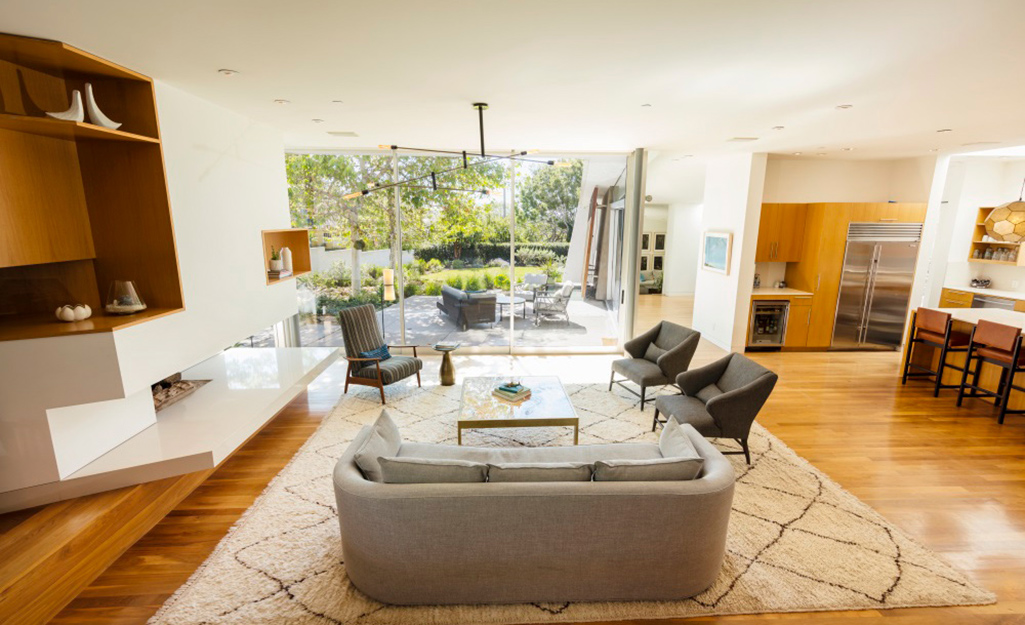
The amount of storage needed depends on the number of cameras you have, the camera type and how often you record.
Since security systems use DVRs, users can store hours of high-quality video on a hard drive. Depending on your system, your cameras can record 24/7, or you can program them to only record after motion detection.
Wireless security systems are available in a variety of recording times, hard drive size and channels, but wired cameras offer a much wider range of options. For example, the most common number of channels for wireless security systems is four, whereas the most common number of cameras for wired systems is 16.
Tip: Most modern security systems use cloud storage. Cloud storage eliminates the need for storing on a hard drive, and plans vary from service to service.
Smart Video Surveillance and Other Video Cameras
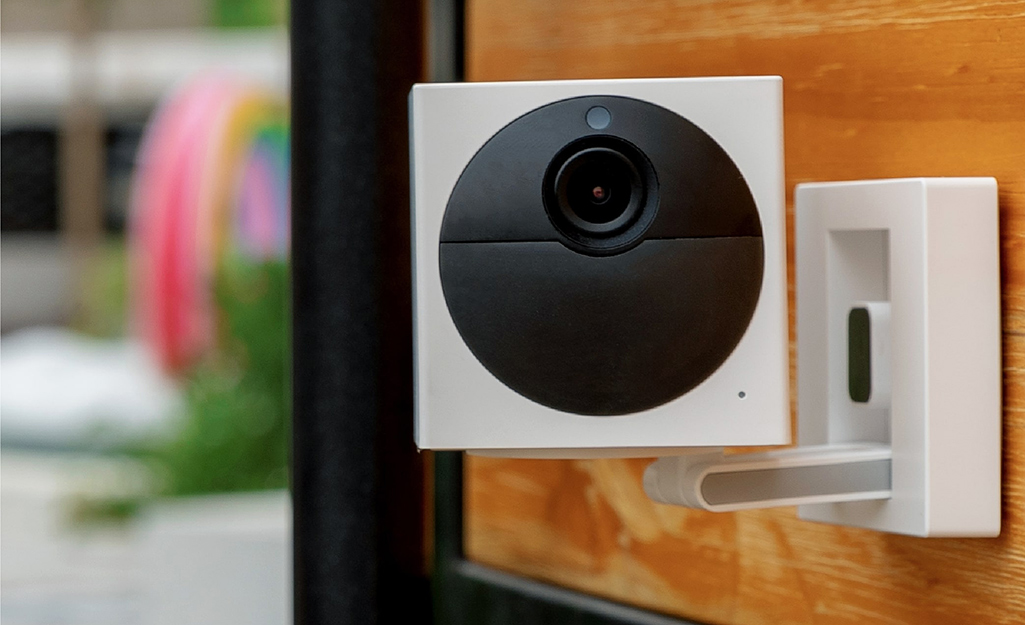
Security camera systems with smart technology allow you to observe your camera's feeds from your smartphone via an app and receive alerts when they detect motion.
In addition to outdoor security cameras, it may be necessary to install cameras inside your home. Choose from hidden cameras, baby monitors and more.
- For around-the-clock surveillance, consider night vision cameras.
- If you have young children or family members with medical concerns, use baby video monitors and intercoms so you have easy communication throughout your home.
- Cameras with pan-pilt-zoom capabilities let you manipulate the cameras from your desktop.
There are many things to consider when buying a security system for your home. Luckily, The Home Depot offers a variety of wired and wireless systems at varying price points. Use The Home Depot Mobile App to view our wide selection of security systems and find what you need.































